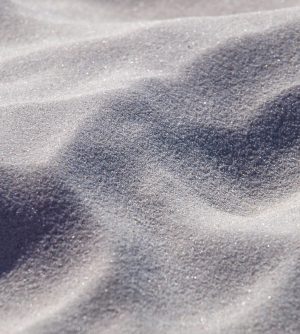

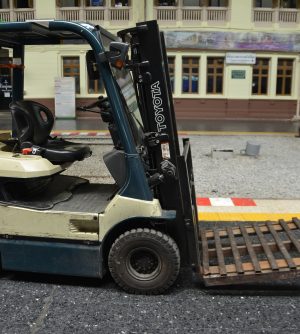
Use of a pallet truck stacker for unloading empty containers
Unloading of empty plastic containers from trucks was practiced through manual operations, in which operators drop stacks of 20 containers to the ground. This operation resulted in breakage of the lower container. Switching to forklift rather than manual procedure will result in saving of containers, reducing waste generation.

Use of activated oxygen cleaning (ozone cleaning)
An illustration of CIP technology upgrade to utilize activated oxygen instead of conventional CIP process in a soft drinks manufacturing company.
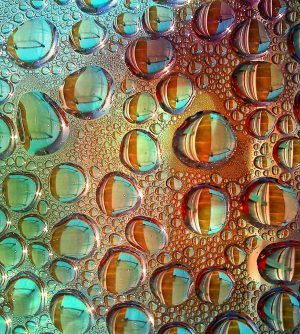
Use of high pressure cleaner and pressure guns for water cleansing
Floor washing in a dairy was practiced through open end hoses, which operators occassionally leave running instead of closing the taps. Suggested measures include utilization of pressureized cleaners as well as equipping the hoses with spray guns to provide high pressure water suitable for cleaning and to control the water flow.
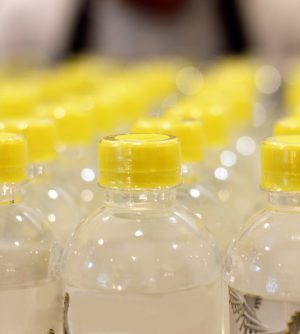
Use of PE packaging to the strict requirements of the ASTM standard
The packaging material purchased by the company is not according to the ASTM standard, resulting in over consumption for packaging the final proucts. Contacting the suppliers of the packaging material, and incorporating the dimensions satisfying the ASTM shall save over 9% of the packaging cost.
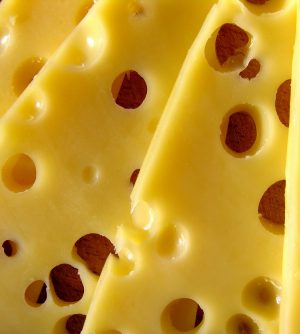
Use pasteurization unit instead of in-vat pasteurization
The cheese manufacturing in this dairy relied on batch process cooling jacket pasteurizer, with no heat recovery. Modifications in the pipework to benefit from the incoming milk pasteurizer in the cheese production reduced over 50% of the associated energy.
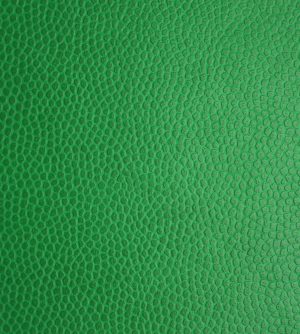
Using a pilot fuller to improve product quality
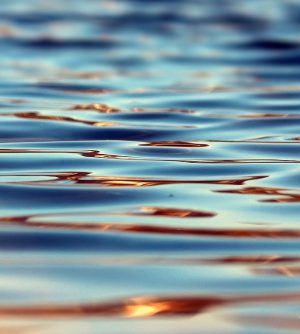
Using effluent of dairy WWTP for irrigation
In this practice, the company was willing to utilize the effluent from the WWTP for irrigation instead of discharging to the public sewer, thus reducing the hydraulic load, and eliminating the need for well water. The practice illustrates the actions taken to assure the WWTP effluent matched with the regulations for water reuse in irrigation.

Using high pressure water balls for cleaning the mixing tanks
This detergent production company enhanced the mixing tanks washing process with high pressure water nozzles. Results from this intervention drastically reduced their water consumption for cleaning purposes.
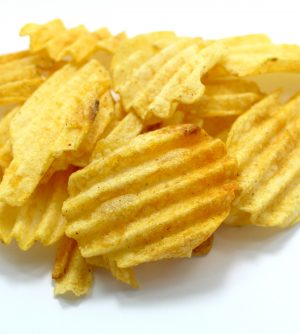
Utilization of fryer vapor energy in the blancher
This practice from a potato frying company, highlights how energy and mass balance lead to the identification of saving opportuninties. It was possible to reuse the waste vapor released from the fryer for heating the blancher water thus reducing the steam needed in the blancher.
